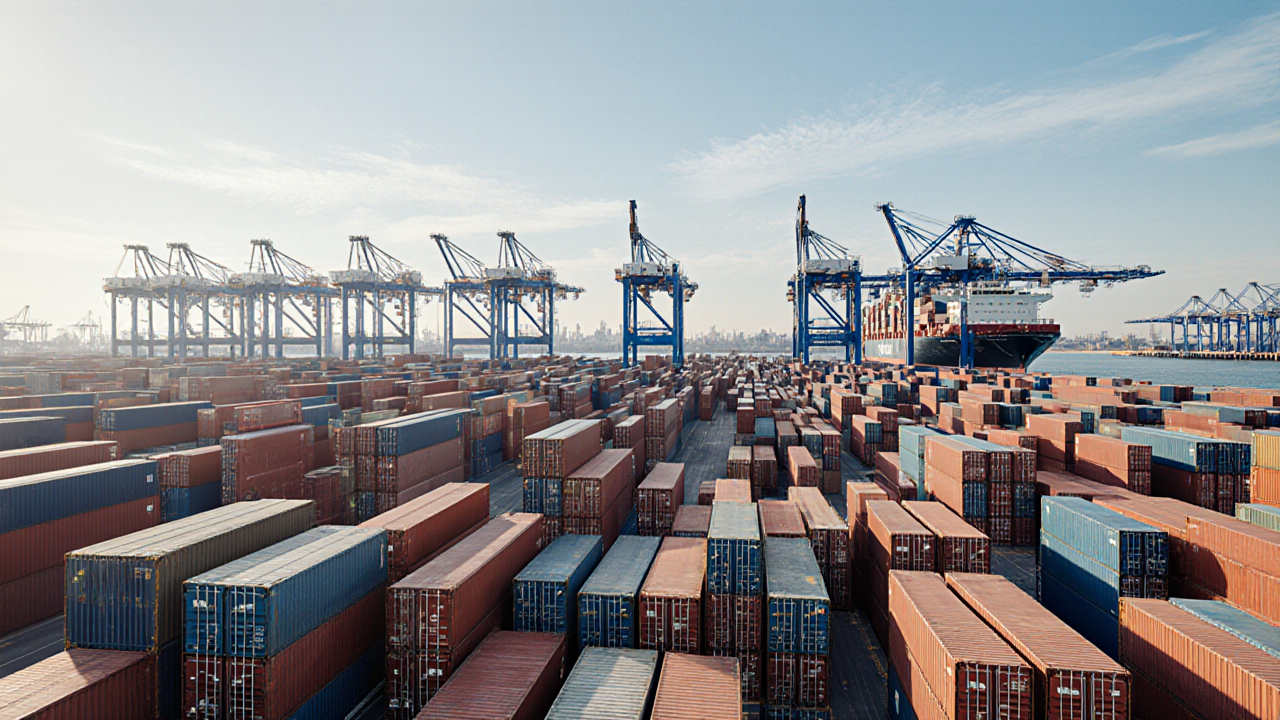
In late June, a leading industry council highlighted persistent challenges surrounding newly imposed port fees on vessels linked to a major foreign maritime market. Although the fees officially began on October 14, the ambiguities identified by the council remain unresolved, prompting continued appeals from ship owners and operators for clearer guidance. These uncertainties extend beyond simple compliance; they touch on the broader health of the domestic shipbuilding sector and the integrity of international trade flows.
The notice that triggered the fee schedule was issued by the U.S. Trade Representative on April 17 and outlined a plan to levy charges on foreign‑linked vessels in mid‑October, with the revenue earmarked to revive a long‑neglected domestic shipbuilding industry. The 42‑page memorandum set a timeline for fee assessment but left critical details—such as the definition of “foreign‑linked” ownership, vessel eligibility, and collection mechanisms—open to interpretation. This lack of clarity forced operators to navigate a gray regulatory landscape, risking inadvertent non‑compliance or costly disputes over cost allocation to customers.
During a panel at a major maritime conference in Seattle, a senior maritime attorney emphasized that the industry had been grappling with these inconsistencies since the notice’s release. Initially, many stakeholders expected the trade agency to provide supplemental guidance before the fee’s effective date. When that guidance never materialized, operators were forced to self‑interpret the rules, creating a fragmented compliance environment and eroding confidence in the regulatory process.
Compounding the issue, the trade agency did not establish a dedicated maritime trust fund to secure the collected fees for domestic shipbuilding. Consequently, all revenues have flowed directly into the general treasury, where tracking and earmarking for specific industrial programs becomes opaque. This misalignment between policy intent and fiscal execution underscores the importance of dedicated funding mechanisms when designing industry‑wide incentives.
The root of the rollout’s chaos, according to industry experts, lies in the trade agency’s limited experience with maritime regulation. The agency’s sudden entry into port fee administration, coupled with a rushed implementation schedule and a government shutdown that preceded the fee’s launch, created a perfect storm of confusion. The result has been a protracted period of unanswered questions and reactive compliance measures that strain operational resources.
Looking ahead, supply chain leaders can draw several strategic lessons. First, robust collaboration between regulatory bodies and industry stakeholders is essential to translate policy objectives into actionable, transparent rules. Second, dedicated funding channels—such as trust funds—provide accountability and ensure that incentive mechanisms achieve their intended developmental goals. Finally, the experience demonstrates the value of proactive risk assessment: companies should model the financial and operational impacts of emerging regulations early, allowing them to adapt processes, renegotiate contracts, and maintain service levels.
By internalizing these insights, senior operations executives can better navigate regulatory turbulence, safeguard supply chain resilience, and capitalize on opportunities to strengthen domestic capabilities while maintaining global competitiveness.
Loading comments...